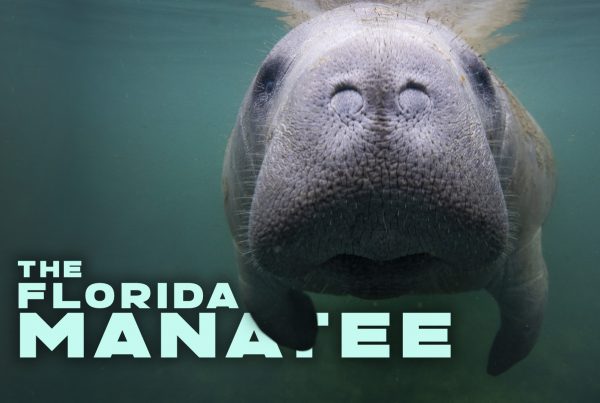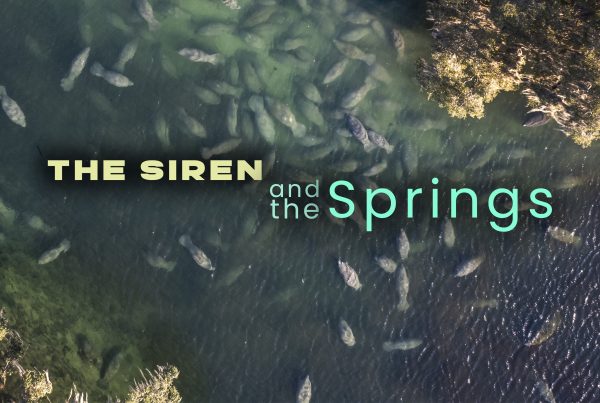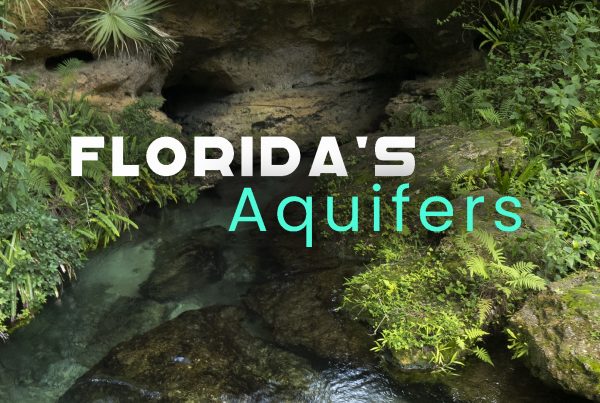The Florida scrub jay is gregarious, highly intelligent, and also a true native…one of Florida’s only endemic birds. So why isn’t the Florida scrub jay our State Bird? Good question. We wonder the same thing.
The scrub jay has very specific ecosystem requirements, and can be found almost exclusively in one type of habitat: the Florida scrub. Unfortunately, this habitat is rapidly disappearing due to human development.




